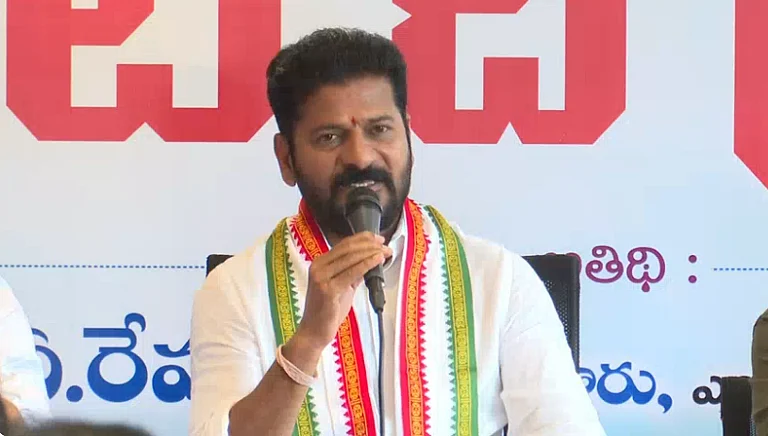The literal Hindi translation for the word ‘puppet’ is kathputli, but this can be misleading. All kathputlis are puppets but all puppets are not kathputlis, which is the name for the stylistically distinct, traditional string puppets of Rajasthan. Kathputli is a puppet made of kath or wood and the puppeteers are called Nats or Bhats, a wandering community from Rajasthan who perform their khel during the dry season and return to their villages to cultivate the fields after the rains. The puppeteers believe in the divine origin of their art and claim to have been the chief performers during the reign of the legendary king Vikramaditya, whose life and achievements they extol.

In Rajasthani puppet performances, the stories are mostly about the exploits of local heroes, unlike other Indian puppet traditions that revolve around the Ramayana and the Mahabharata. One hero who appeared often in the state’s puppet performances was Amar Singh Rathore, the ruler of Nagaur in the 17th century, who was a great patron of the Bhat community and the kathputli tradition, which traces its origin to Nagaur.
Traditionally, the puppet performance comprised 52 puppets in the puppeteers’ repertoire. Any less would be considered an incomplete puppet performance. The story of Amar Singh Rathore would be told to small groups in localities within the four walls of the mohalla or neighbourhood, ensuring the participation of the entire audience. The puppeteer would be an actor and also a puppet manipulator. Today, however, the puppet performance relegates Amar Singh Rathore to the background and tricks and turns once performed for royal amusement take centrestage. There is the magician, the acrobat, the dancer Anarkali, the drummer Khabar Khan, a horse rider with lit torches in his hands, and a snake-charmer. Also among the cast of characters are the juggler and the Bahurupia, with two faces either carved back-to-back or so devised that with clever manipulation, one face is covered while the other is exposed.

The kathputlis’ heads and headgears are carved from mango wood with large, stylised eyes. They are up to 60cm tall, wearing costumes made in the period Rajasthani style as seen in phad paintings. Their bodies are made of cloth and stuffed rags. With a few exceptions, kathputlis are made without legs, and from waist down wear a long pleated skirt of light material.
Traditionally, kathputlis were carved by craftsmen in Sawai Madhopur, Bassi and Udaipur, but the Bhats now make their own puppets. A kathputli performance is presented by placing two charpoys (string beds) vertically and tying bamboos across them. The front cloth curtain with scalloped arches is known as the tibara. It hides the manipulator’s body and feet during the performance. The puppeteer often improvises his narrative on the spot to hold the attention of his audience, while his wit and comments enliven the performance. He speaks for the kathputli characters in a squeaky voice with a bamboo whistle known as boli, thereby creating a unique puppet language. The dholak player (drummer) converses with the kathputlis so that the audience can follow the course of the drama. This dialogue is cleverly coordinated with songs sung by the women of the family to the accompaniment of the dholak.

Kathputlis are usually manipulated with only a string, one end of which is attached to the kathputli’s head and the other to its back. Most string puppet traditions around the world use a cross for manipulation; the weights in the puppet’s torso, feet and hands help the puppeteer to create movement. The Rajasthani kathputli takes no help from gravity. It is the sheer skill in the manipulator’s fingers that create the movements. The string is looped around the puppeteer’s fingers and all movements are Puppetry generated by a series of jerks on either end. A bracelet of bells, or ghungrus, is usually worn by the puppeteer on his wrists. The dancing girl is a special type of kathputli—it has four strings and its limbs are sewn in such a manner that a range of movements such as the swinging of the hips and the arching backwards during a dance can be produced. The puppet has a needle concealed in its fingers that attaches itself to her pallu or her ghagra. Thanks to this device, the puppet can coquettishly cover and uncover her face.
For almost four hundred years now, the kathputli-wallahs have travelled far and wide throughout India, performing with their puppets and leaving behind vivid memories of their dramatic performances. They may be the best known of the twenty or more traditional forms of puppetry. Today, there is a museum and Centre for Puppetry at the Bhartiya Lok Kala Mandal in Udaipur. Once puppet performances could be seen in every mohalla across India. Now, five-star hotel guests have replaced these audiences. The performances can also be seen on special occasions. Even with the infusion of modern techniques, a kathputli show can be as heartwarming as it was centuries ago.





















